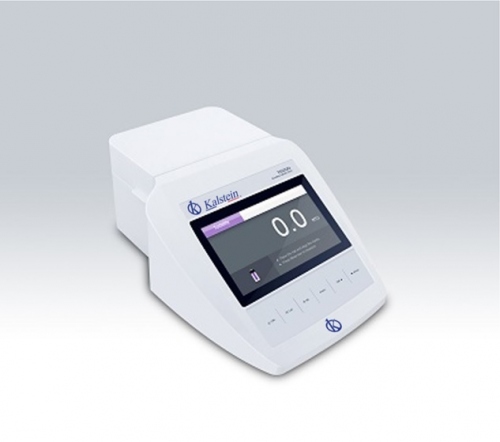To know the degree to which water loses its transparency, it is necessary and indispensable in the quality of drinking water; for the measurement of turbidity the use of a beam of light is required, this is known as the incident light beam, with defined characteristics, to be able to determine the semi-quantitative presence of particulate matter present in the water or any sample of fluids.
When we filter the water using any properly functioning filtration system, the turbidity of the effluent is monitored with a turbidimeter, this instrument possesses an incident light beam that detects the material present in water, which causes the light beam to scatter and this scattered light detects and quantifies in relation to a traceable calibration pattern.
Turbidity Meter: What does it measure?
These turbidity measuring instruments can be used in wastewater sectors such as settling ponds, to measure the amount of solids suspended in the water and then decide if it can be redirected to the next level of purification; in water purification, the degree of transparency lost by the water due to the presence of suspended particles measures; turbidity is a parameter to know the quality of the water, the higher the turbidity, the lower the quality.
Turbidity measurement can be used to provide an estimate of the concentration of total suspended solids, which is otherwise a tedious and not easy to measure parameter; in addition, turbidity is measured in Nephelometric Units of Turbidity (NTU); they also detect light source particles for both ultra-pure water applications and high turbidity water applications.
General parts of a turbidimeter
- Light source: this is directed through a liquid sample.
- Camera: container of the liquid sample.
- Photodetectors: they are placed around the camera.
Uses of turbidimeters
- Air quality analysis to monitor pollution.
- Monitoring of climate pollutants and visibility.
- To measure suspended particles in gaseous and dust state.
- To measure levels of biological contamination.
- They are used to measure the amount of solids suspended in water.
Types of turbidity meter KALSTEIN
- Tabletop turbidity meter: it is necessary for laboratories, with measurement mode of total suspended solids, calibration of 2 to 7 points, 4 units of selectable turbidity.
- Portable turbidity meter: it is a high performance meter uses triple AAA batteries, is necessary for process control and field use, has calibration of 2 to 5 points, 4 turbidity units.
We KALSTEIN, we offer you the necessary advice and technical support to guide you in the purchase and use of the turbidity meter that you require depends on its application and use in the laboratory, in addition to offering you the best offers in the market; and high-end products, which guarantee its operation.
General characteristics of turbidity meters
- Calibration using Formacin standards.
- Selectable turbidity units such as: NUT, TNU, EBC and ASBC.
- Auto-read function detects and blocks a stable read.
- Configuration menu that allows you to set the number of calibration points, resolution, date and time, etc.
- USB communication interface is easy to transfer data to PC.
- Extended memory stores or retrieves from 100 to 200 datasets depends on the turbidity meter model.
- Restart function automatically resumes all settings to factory defaults.
Applications of turbidity meters
- Wastewater plants.
- Municipal water.
- Drinking water.
- Drinks: beers, carbonated drinks and wine.
- Chemical industries.
- Power generation.
- Microbiology.
These turbidity meters are of indispensable use in the laboratories and we in KALSTEIN offer you the best models and you can acquire them through our online purchase channels, in the following link: HERE reminding you that we are high-level manufacturers, with great demand for buying and selling worldwide, in addition to offering you the best specialists to provide you with the necessary advice, Our Kalstein Laboratory Equipment Company offers you great advantages of guarantee and commitment, ensuring a team with superior technology and high performance.

